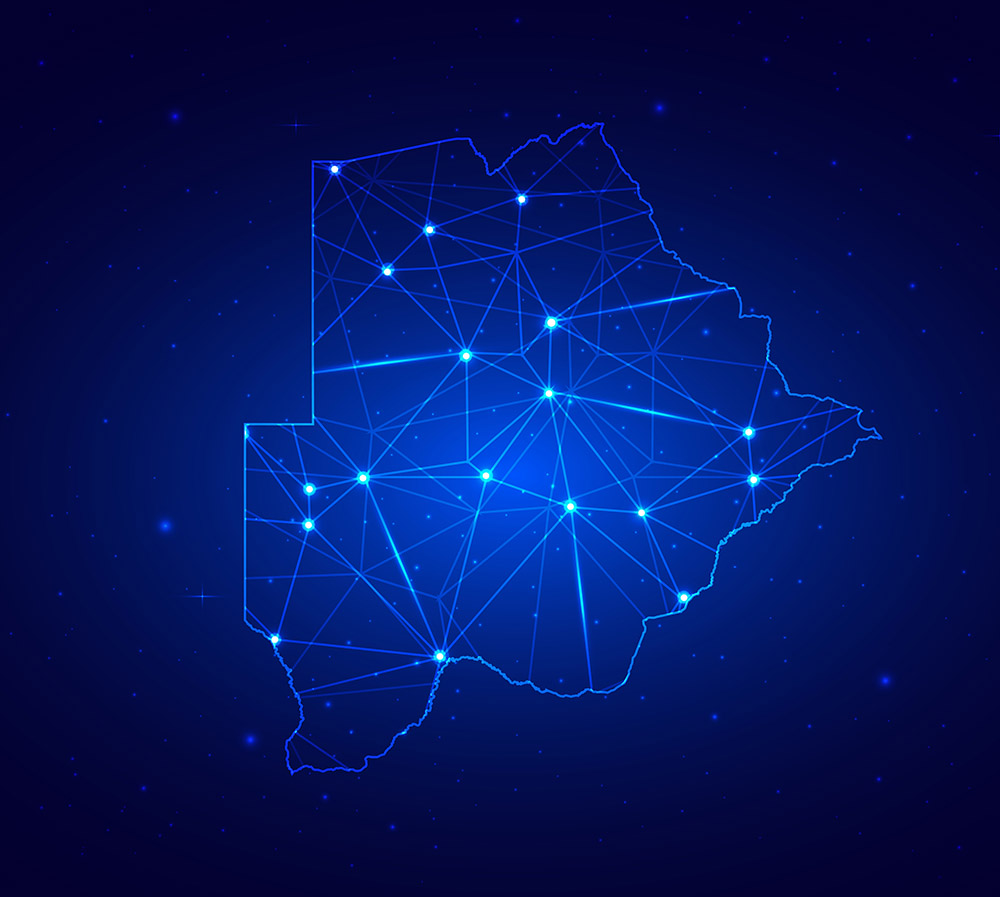
Ben Roberts, Liquid Intelligent Technologies’s Group Chief Technology & Innovation Officer (CTIO), explains why African networks are now ready and waiting for the adoption of more cloud-based services.
“Africa’s cloud began forming under 10 years ago. Before 2009, only 16 African countries were connected to a subsea cable. By the end of 2012, seven major subsea cables had been deployed across the east and west coasts of the continent, bringing with them a major influx of capacity that led to a sharp decline in bandwidth pricing.
Attention swiftly turned to bringing that capacity inland, where the rollout of railways, roads and electric power lines have played an unwilling but vital role. Where you find roads or railways, you also find movement of people and goods. Today, information is the new trade, and traditional transport corridors have also plotted the course for broadband networks – or ‘information highways’ – that connect the continent. In other regions, traditional transport corridors typically link together the largest trade hubs. The picture in Africa is different.
According to TeleGeography, the region’s most connected country by some considerable distance is South Africa, followed by Egypt, Morocco, Kenya and then Nigeria. There, however, remains little flow of people, trade or information between North Africa and sub- Saharan Africa. Standing in the way is 9.2 million km2 of the Sahara desert, while 4 million km2 of Congo Basin presents another major barrier.
Instead what we are seeing is large volumes of information flowing between southern and eastern Africa, connecting the rapidly growing SADC and EAC economies. Some information flow is starting to occur between Nigeria and other west African countries, but it is nowhere near as developed.
One of the reasons behind that is the large investment currently being made in data centres in Southern and Eastern Africa. Johannesburg, in particular, has emerged as a clear frontrunner in terms of existing data centre space and future investment, with Nairobi and Cape Town also making significant headway. Although data privacy laws are yet to be formalised in South Africa and Kenya, they possess progressive regulatory environments and are viewed as safe havens for data. The progress of these data centre hubs is now attracting the attention of the largest content and cloud providers from the US, Europe and Asia.
The big news, of course, is Microsoft’s move to deliver Microsoft Cloud from data centres in Johannesburg and Cape Town in early 2018, marking the first time businesses in the region can access Microsoft Cloud with the option of data residency in South Africa. But others are here or are on their way. Google and Apple have already established Points of Presence (PoP) in the region, enabling them to cache locally, while Amazon Web Services has opened an office in Cape Town.
African networks are ready for their arrival. Robust fibre networks have grown across sub-Saharan Africa, offering businesses previously unseen levels of reach, reliability and affordability. Secure space is now also available at African data centres.
Future in fibre
Fibre will be critical for accessing the cloud. Even in Europe, the price of accessing the cloud using mobile data can be prohibitive, but in Africa it is extremely so. Leveraging its 50,000km of fibre network, Liquid Intelligent Technologies is tailoring its services and products to meet the new demand and expectation for cloud services across the region. Our new Cloud Connect service, for example, enables customers to connect directly to a range of cloud platforms. It offers the fastest and most secure way for businesses in the region to connect to a local or global cloud provider, enabling them to move high volumes of data through carrier-grade connectivity.
We can offer cloud and connectivity as a service bundle, covered under one single SLA. Cloud traffic can be prioritised on our high-speed fibre networks, ensuring cloud applications always have adequate capacity and never go down.
There has already been a huge amount of discussion about Africa’s journey to the cloud, much of it focused on when the move will finally happen. It is already happening. From WhatsApp to Uber, many of the most popular apps in the region operate entirely on cloud platforms. As more African countries aspire for data driven economies – and leverage new opportunities presented by Internet of Things (IoT), Big Data analytics, and Smart Cities – new applications and services will further harness the power of cloud. Our networks are ready, and Africa’s cloud is Liquid.”






